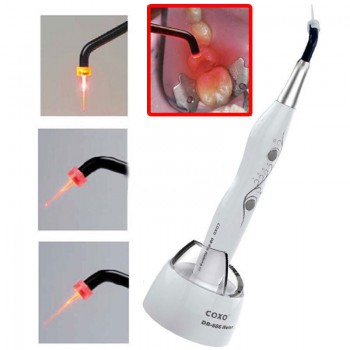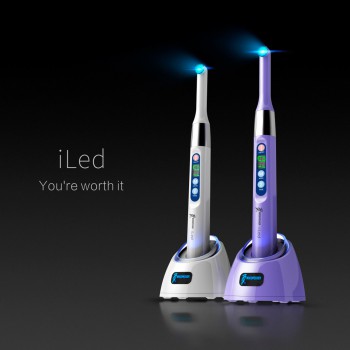Dental curing lights allow us to initiate the polymerization reaction “on demand” for a vast array of materials. However, there is, perhaps, more misinformation and hype regarding this type of equipment compared to just about anything else we use on a daily basis. Most of these controversies center on how long you have to cure specific types of restorations as well as how deep you can cure specific types of materials.

Manufacturers continue to make outlandish claims of their curing capabilities, most of which fall into the “too good to be true” category. An example is the claim that a new light can accomplish a “5mm depth of cure in 3 seconds”. Please don’t be fooled by these ads – you absolutely, positively cannot cure a composite in three seconds.
There is the issue of LEDs not being able to cure all materials. There is no doubt that the vast majority of light-cured materials can be fully polymerized with an LED. However, the few materials that cannot be cured with an LED mandate that you still have a halogen around for these contingencies. This may be just a nuisance as long as you know which material falls into this category, but it won’t compromise patient care. But what if you don’t know that a material can’t be cured properly with an LED? More than likely, it will still get pretty hard, but its degree of cure will be compromised along with its long-term performance.
The obvious solution to this problem is to buy an LED light that is capable of curing all materials. Unfortunately, only a few of them have this capability and it may require using a special tip. Therefore, it is still somewhat of a guessing game and you just have to hope that you don’t guess wrong.
This brings us back to halogen lights, which have something that it will take LEDs a long time to duplicate: a solid track record. Introduced just about 25 years ago, halogen lights have been the mainstay for curing resin-based materials. What you see is what you get – without any unpleasant surprises. And while many lights along the way have been introduced with various bells and whistles to make them stand out from the crowd, probably the only relatively new design is possessed by the Swiss Master, with its water cooling and monster light bulb. But with a price tag at the top of the food chain, it is clearly not for everyone.
